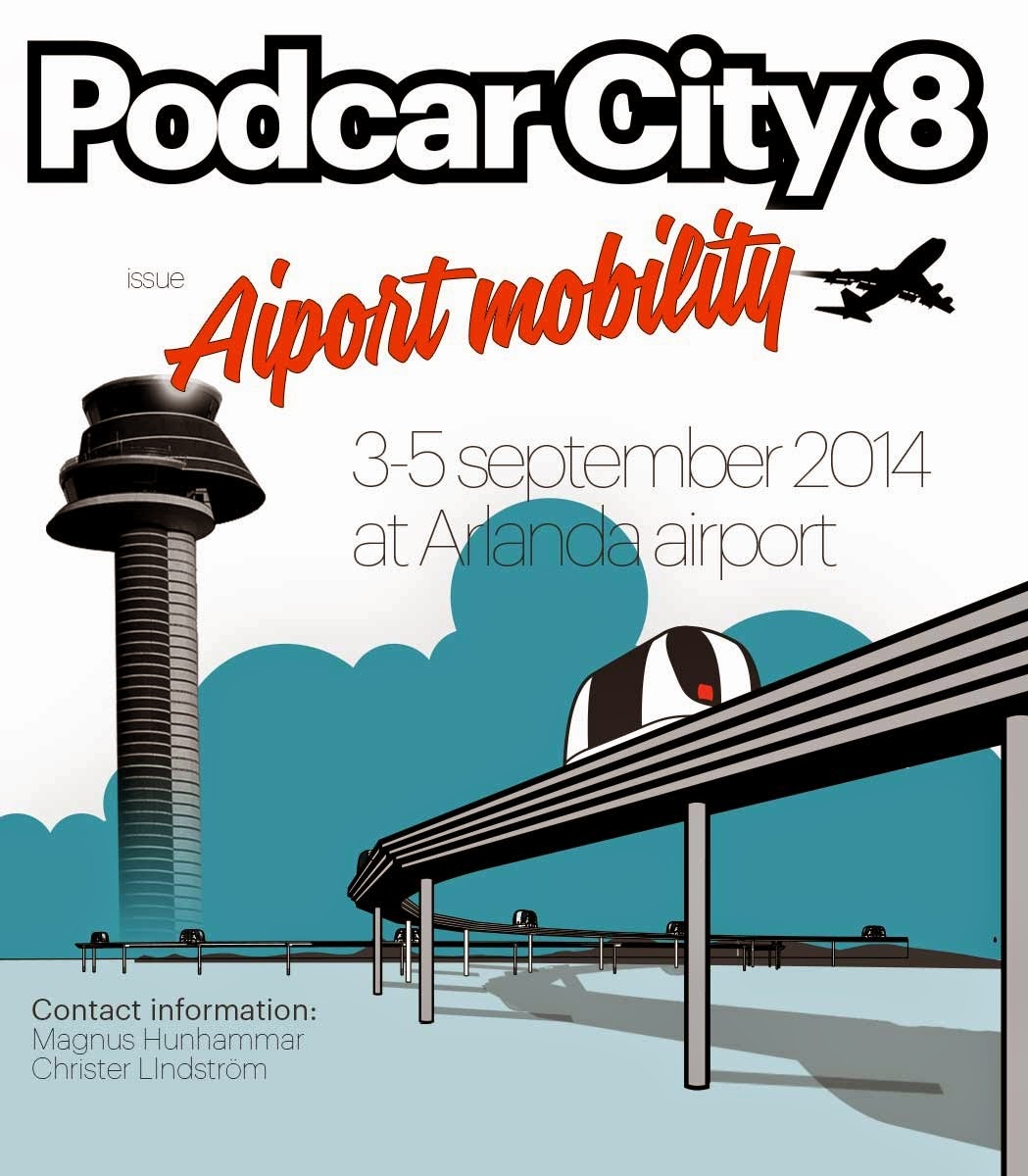 |
| - courtesy of ecowatch.org |
According to UN sources, 49 gigatons of carbon dioxide were poured into the earth’s atmosphere in 2010.The volume is growing, and the forests and ocean cannot absorb it all. The sky’s response to this startling proliferation of the burning of fossil fuel since the Industrial Revolution in the 19th century has been long in the making, and it knows that the behavior for billions of people on this planet is the problem.
The USDOT spent half a billion dollars in the 1970s (so about $1B in today’s terms) to demonstrate automated, elevated transit, supposedly to revive and sustain declining CBDs (downtown business districts). None has been built since.
Singapore in the 1990s spent
about the same amount to build three elevated automated circulators to
distribute from and feed to outlying metro stations. The concept has not been replicated at other
stations.
Is my cousin on
point when she reminds me that bad things often come in threes?
Elevated Guideways Cut the Sky
The non-success of the US DPM and
Singapore Circulator programs is stinging evidence that elevated transport
infrastructure (except for major bridges or ramps at airports and parking
structures) doesn’t fly. Columns and their footings, guideway sidings and
underbellies, and busy stations which will be big if the handle a lot of trips
will not necessarily be welcomed in community and commercial streets. Yes, they can be pretty, but they also age.
They can too often be abused -- graffiti, vandalism, as ad hoc use as toilets,
etc.
 |
| Aging guideways and columns of the Morgantown PRT. |
To many, no matter how aesthetic
and light in scale, elevated infrastructure is ugly and bulky. Even power lines
raise objections. Transport infrastructure can be noisy. It blocks views and
lets passengers peek into private spaces.
Birds do their droppings from it. Rains and ice gravitate down from it
in usually random places.
Boston, New York, Seattle, San
Francisco and other US cities have spent billions of dollars to get rid of elevated
highways and rail transit. Infrastructure in the sky just doesn’t cut it in the
long run. Nor in some districts does elevated PRT. Sure, some stretches of PRT
can happily be elevated - through stretches of wide greenways, in utility
easements, and over and alongside major arterials outside the city center. But to argue that it is elevated is to
abort further consideration. Even public
officials and civic leaders who can think outside the box don’t want “Spaghetti
in the Sky”.
Caring for the Sky
The sky is not free. It is public
space, but it is not empty. To the contrary, it can and should be full of
community life. Invisibly it is also full of the air with breathe, the atmosphere
so vital to life itself. This same atmosphere
takes away our waste, but it only so much. Otherwise, in the long run there are
problems that economist call external diseconomies. We are feeling the pain in
violent weather. Humankind has emitted and continues to emit huge volumes s of
carbon dioxide into the atmosphere every day, year after year, decade after decade.
The skies are responding with
extreme weather. Science is telling us it’s here. Insurers are paying out: it
costs.
The sky ain’t free!


















.jpg)




